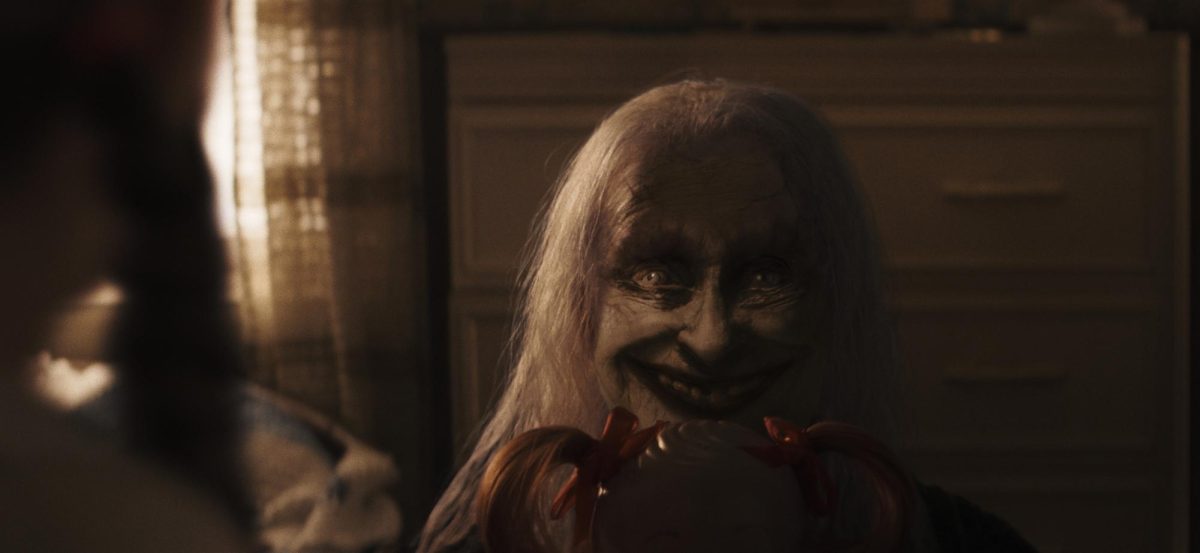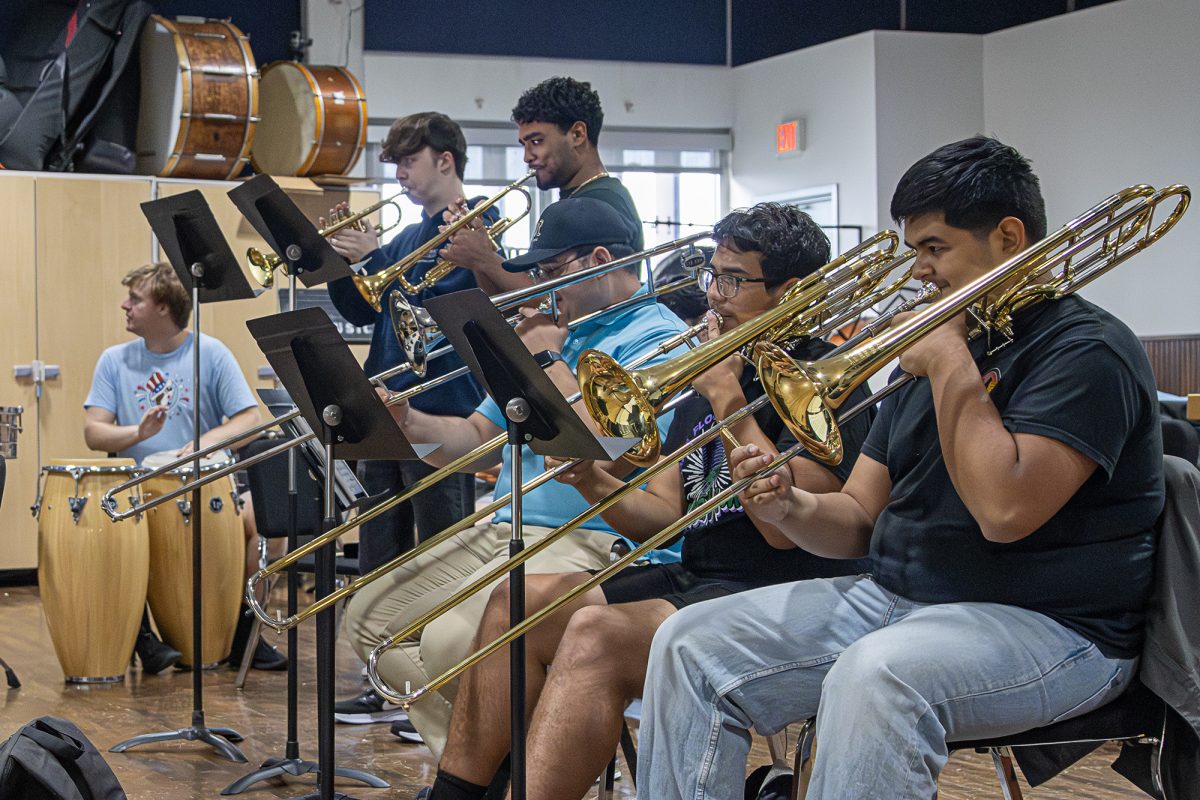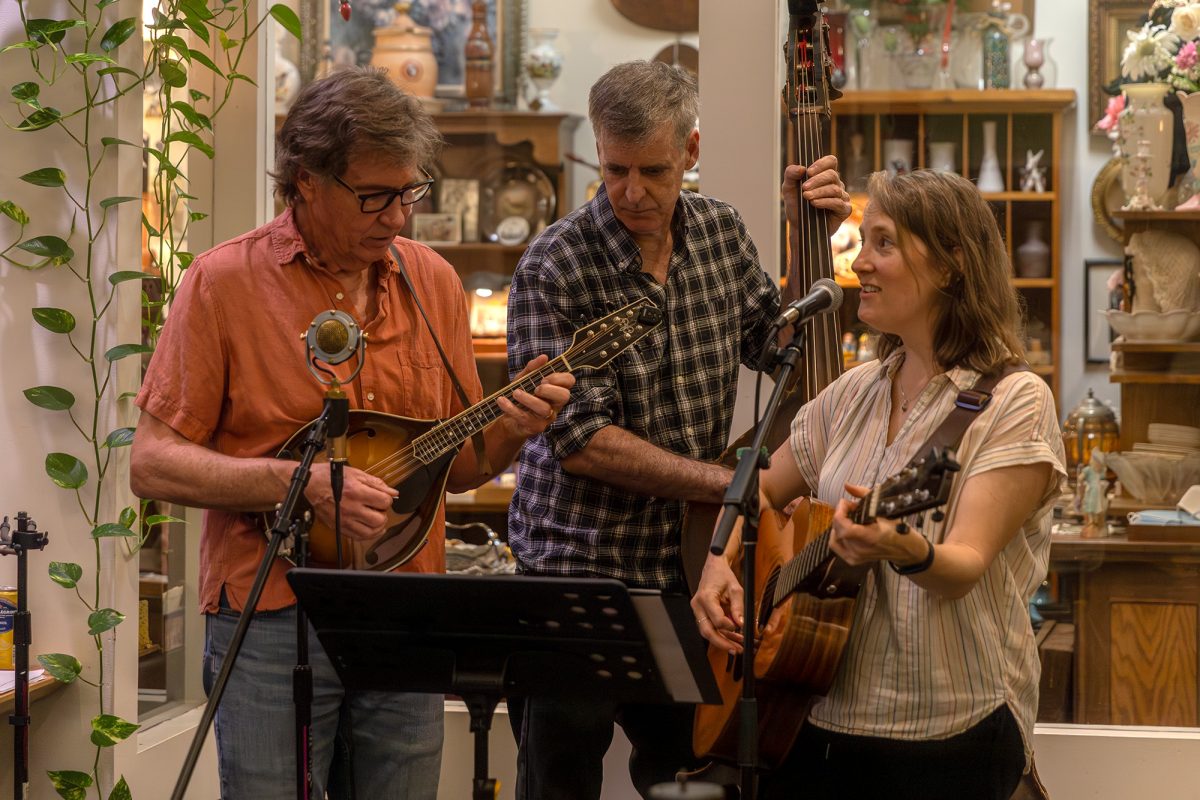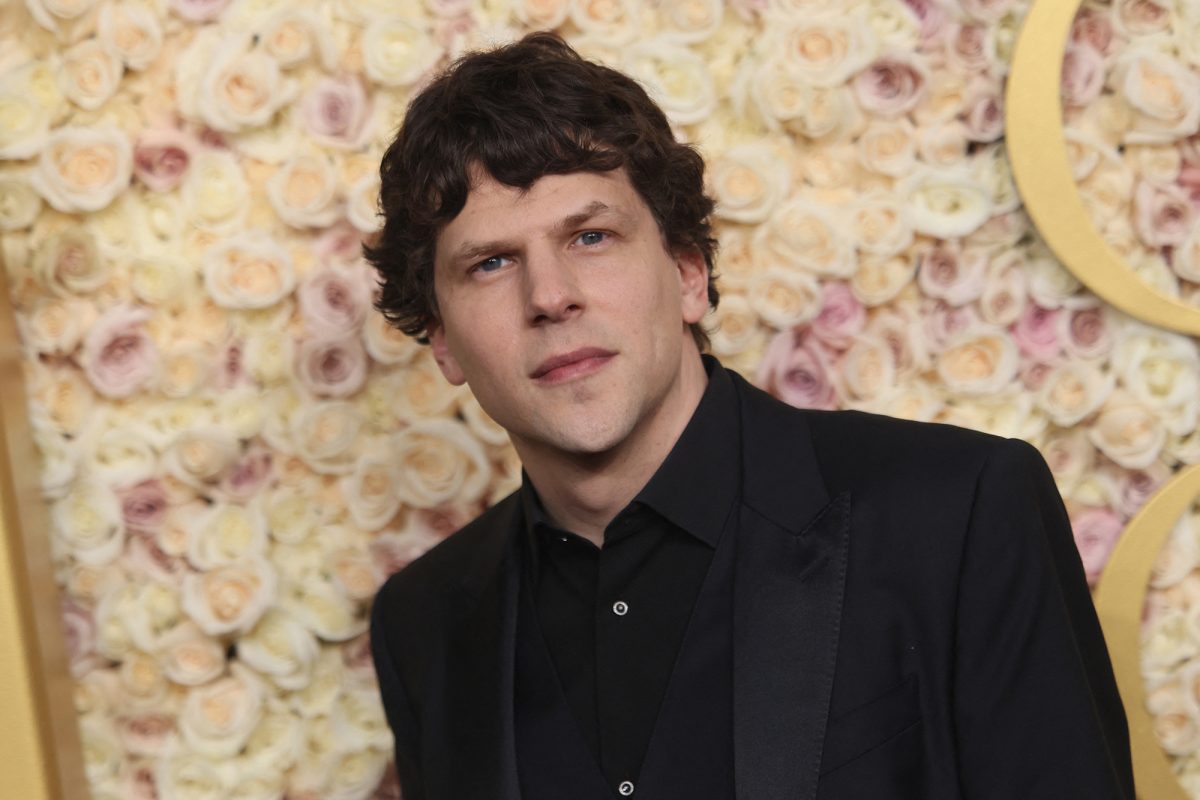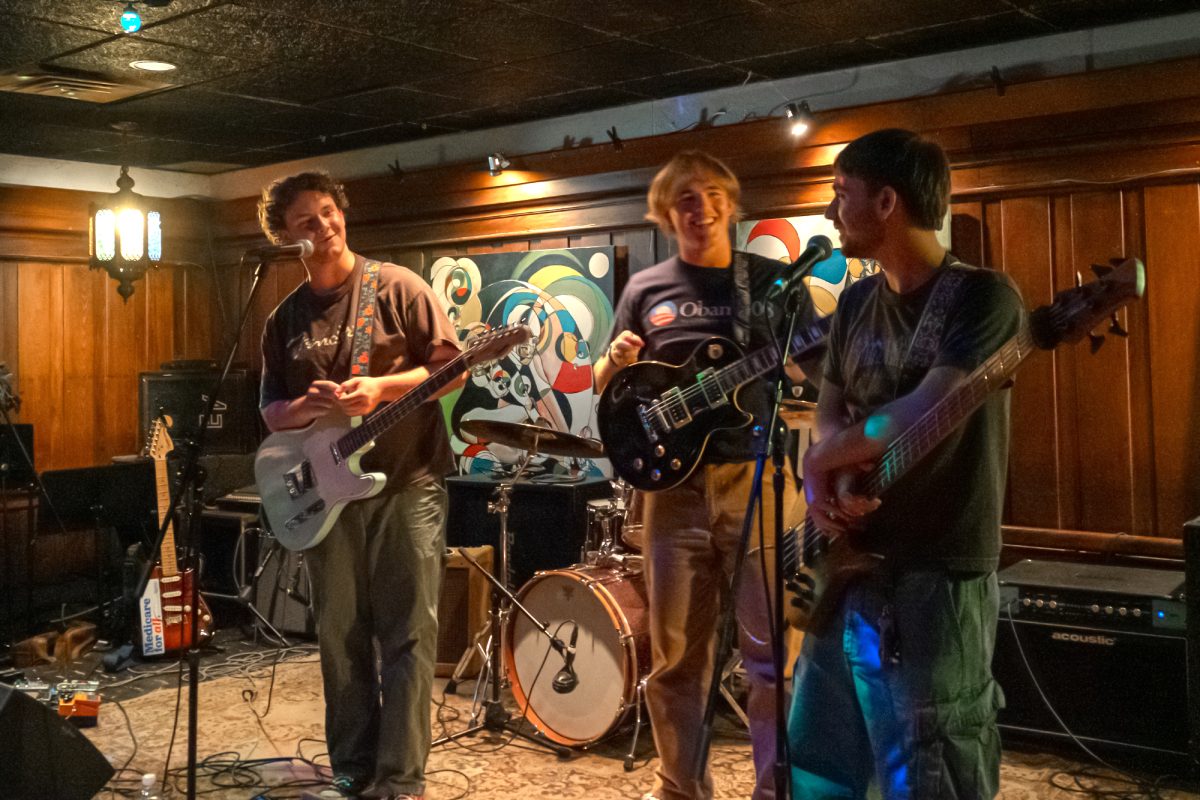4.0 out of 5.0 stars
Almost a decade after Benito Antonio Martínez Ocasio— known as Bad Bunny— started to gain recognition in the U.S. Hot Latin Songs lists, he released his sixth album, “DeBÍ TiRAR MáS FOTos,” on Jan. 5. Bad Bunny returns to his roots with a thoughtful homage to his home country, Puerto Rico. Even when dropping the album, the reggaeton star was intentional; Jan. 5 is a date in which some Latin American families celebrate Dia de Reyes. It is also a week that holds historical significance to Puerto Rico, the Dominican Republic and Cuba as part of the revolutionary revolt against Spanish rule.
The album goes beyond his usual trap and reggaeton sound, it dives into salsa, merengue, old-school perreo, bomba and plena –– rhythms that originated and are a staple of Puerto Rican culture. With multiple features in the album, Bad Bunny shows his love and admiration to his nation not only through genres and lyrics but through collaboration with Puerto Rican artists like Boricua singer RaiNao, Omar Courtz, Dei V, the uprising band Chuwi and the plena group Los Pleneros de la Cresta. He also worked with students from Libre de Música San Juan to play the instrumentals in several of his salsa songs. Despite the absence of big Latin names that could’ve helped the exposition and Grammy eligibility of the album –– other than Winsin’s interlude in “VeLDÁ” –– Bad Bunny shows listeners that there is no place like home.
Introducing the album with “NUEVAYoL,” the first thing listeners hear is a sample of El Gran Combo De Puerto Rico’s “Un Verano en Nueva York” that gets anyone listening to start dancing. Bad Bunny uses samples and lyrics that make references to Puerto Rican icons like New York Mets player Juan Soto, rapper Big Pun and salsa musician Willie Colón, creating a cross-generational hit that has brought glee to families finding connection through this mash of nostalgic and modern beats. He also uses samples of Plan B’s “No Voy a Esperar Por Ti,” in “VeLDÁ” and in “WELTiTA” he shout-outs Jarabe De Palo’s song “La Flaca” and implements other tributes to core Latino anthems.
A highlight of the album is “BAILE INoLVIDABLE,” which starts as any other trap song. Bad Bunny laments losing a meaningful relationship as salsa softly fades with clear, silvery trumpets before turning into a Caribbean salsa. The song moves your body and heart with everchanging melodies that keep the track feeling fresh.
The fourth track “PERFuMITO NUEVO,” is the perfect chill soundtrack for a day at the beach with a beat drop that keeps it jovial before Chuwi’s Lorén Torres comes in with a sweet soprano poetic verse to add a bit of honey to this piña colada of a melody.
The tracks “VOY A LLeVARTE PA PR,” “PERFuMITO NUEVO,” “VeLDÁ,” “EL CLúB,” “KETU TeCRÉ,” “BOKeTE” and “KLOuFRENS” show us that he not only remains true to his nation but to his reputation as a man who’s unable to get over his exes.
From track 10 onwards, Bad Bunny shows no fear using his platform to make a statement about the new presidency of Donald Trump and what that meant for the Puerto Rican Independence Party. The ominous “LO QUE LE PASÓ A HAWAii” is a Bad Bunny’s resistance anthem comparing Puerto Rico’s fate to Hawaii, which became a state of the U.S. The song fuses regional folk jibaro sound and hip hop beats before building up to a beautiful requinto.
The second to last song and the most popular, “DtMF,” caused commotion on social media, starting an emotional trend. The background chorus singers’ call and response chants make listeners feel a sense of community and appreciation for loved ones –– in fact Bad Bunny himself includes a message thanking his fans in the bridge of the track. Alongside the songs, Bad Bunny uploaded a short film starring the director of “Lo Que Pasó a Santiago,” Jacobo Morales, and a series of visualizers with brief lessons on the island’s history to his youtube.
“La MuDANZA” is the perfect closing to this vulnerable memoir of Bad Bunny –– which he refers to himself as in the song –– and the history of Puerto Rico and its struggles. He starts by using spoken word to tell the story of his parents before once more expressing how grateful he is about his success and proud of his heritage. With an uplifting rumba, Bad Bunny sings “Aquí mataron gente por sacar la bandera / por eso es que ahora yo la llevo a donde quiera” (Here they killed people for showing their flag / that’s why I now bring it anywhere).
There is no doubt that it is Bad Bunny’s prime with his most vulnerable and raw album yet, which makes it all the more enjoyable as not only music that touches your soul but inspires in times of despair. While not all of the 17 tracks are bangers, their impact is undeniable and the album’s reach is clear as it bridges solidarity among the new generation and the older generation. Bad Bunny is setting the standard for all Latin artists reaching global stages to honor the sounds of their people.



